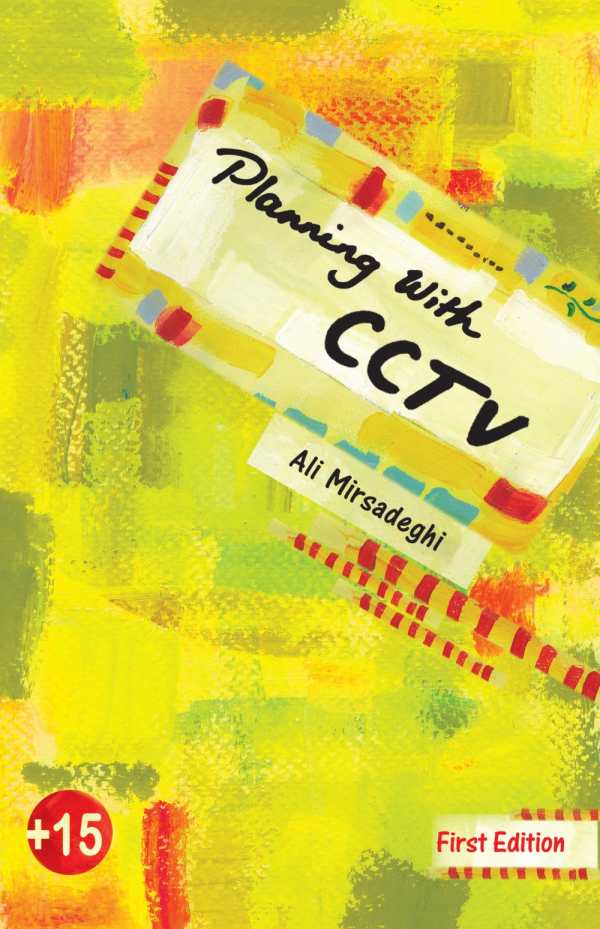
Planning with CCTV
First Edition
Mirsadeghi’s focused system will help students reach their daily studying goals.
Ali Mirsadeghi was driven to create Planning with CCTV by his desire for a more intuitive, feeling-oriented planning process. The book includes a short motivational message or lesson for each day, along with a table to fill in. The basic premise of the method is logging how much time is spent studying. Mirsadeghi’s unique approach shines through in the “Tonight’s Words” section of each table where students record their thoughts on the time they spent studying. This helps students learn to power through tedium, make the most of their study time, and reflect so they can optimize their strategy in coming days.
The strongest part of the book is its sensible, straightforward wisdom, such as the importance of knowing yourself and taking your time. Occasionally, it gets a little more moralistic than necessary; for example, “The people who stick to their promises are the most respectable people.”
The book is geared for motivated, goal-oriented high school and university students who want to maximize their success. The tone is decidedly casual and playful (“If you read ahead of each day, the monster will get you!”), which will appeal to fun-loving students; more serious young people may find the lightness belittling. Mirsadeghi offers his voice of continuous accountability throughout the book; it’s up to students to build their own independence and autonomy, duplicating and adapting the simple structures in their own lives—but many bright young people will be ready to forge ahead on their own long before the book is over.
The book is also peppered with overstatement and hyperbole. Some of this will be attractive to Mirsadeghi’s key audience of intense young people (“This book only suits people who truly want to save their lives”), but some seems to hint at a simplistic notion of this book’s purpose and market (“This is the first planning method which is daily not weekly”).
Often the paragraphs have no space between them or indentation. Mirsadeghi’s principles and instructions are universal, but his English usage occasionally feels stilted, and some phrasings, along with small references to faith and God, will feel unfamiliar to secular American teens.
The title doesn’t give a sense of what the book will be about. Most teens aren’t readily familiar with CCTV (closed circuit television), and the book doesn’t reference this metaphor for self-reflection until well into the book.
Visually, the book is vibrant and bright. Each page has lighthearted, humorous illustrations—from patterns to cartoon characters. Even the tables are rimmed with pattern and color, making tracking study time feel fun. The colorfulness shows that Mirsadeghi is using every avenue available to keep students engaged.
Reviewed by
Melissa Wuske
Disclosure: This article is not an endorsement, but a review. The publisher of this book provided free copies of the book and paid a small fee to have their book reviewed by a professional reviewer. Foreword Reviews and Clarion Reviews make no guarantee that the publisher will receive a positive review. Foreword Magazine, Inc. is disclosing this in accordance with the Federal Trade Commission’s 16 CFR, Part 255.
